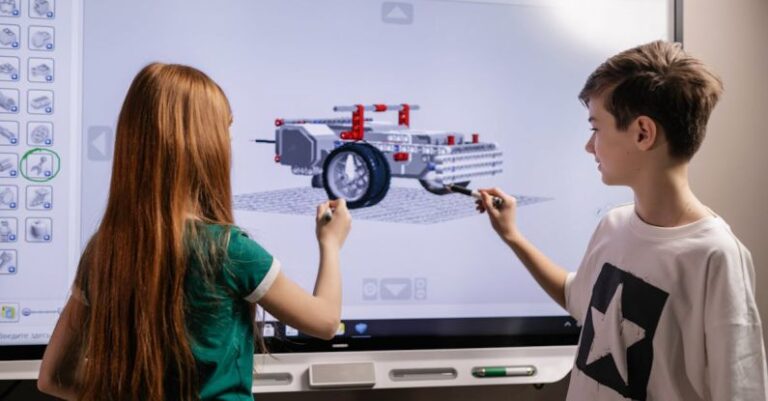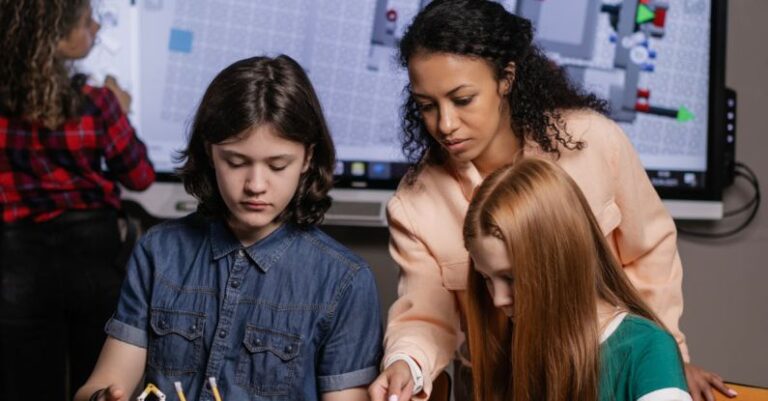
Nanotechnology, a field that deals with materials at the atomic and molecular scale, has been revolutionizing various industries, from medicine to electronics. One area where nanotechnology is increasingly making its mark is in robotics. The integration of nanotechnology into robotics has the potential to enhance robotic performance significantly, leading to more advanced and efficient robotic systems. By leveraging the unique properties of nanomaterials, researchers are exploring innovative ways to improve the capabilities of robots in terms of strength, durability, flexibility, and precision. Let’s delve deeper into how nanotechnology can drive the evolution of robotics and push the boundaries of what these machines can achieve.
**Enhancing Strength and Durability**
One of the key advantages of incorporating nanotechnology into robotics is the ability to enhance the strength and durability of robot components. Nanomaterials such as carbon nanotubes and graphene possess exceptional mechanical properties, including high strength and stiffness. By integrating these nanomaterials into the structure of robots, engineers can create robots that are lighter yet stronger, allowing them to perform tasks that would be challenging for conventional robots. The enhanced durability provided by nanomaterials also contributes to the longevity of robotic systems, reducing maintenance costs and downtime.
**Improving Flexibility and Maneuverability**
Another area where nanotechnology can benefit robotics is in improving flexibility and maneuverability. Nanomaterials can be engineered to be highly flexible while maintaining their structural integrity, making them ideal for applications where robots need to navigate complex environments or perform intricate tasks. By incorporating nanomaterials into the design of robot joints and actuators, engineers can create robots that can move with greater precision and agility, opening up new possibilities for applications in fields such as healthcare, manufacturing, and space exploration.
**Enhancing Sensing and Actuation**
Nanotechnology also holds great promise for enhancing the sensing and actuation capabilities of robots. Nanoscale sensors and actuators can provide robots with the ability to perceive their environment with unprecedented resolution and sensitivity. By integrating these nanoscale devices into robotic systems, engineers can enable robots to detect and respond to changes in their surroundings more effectively, leading to improved performance in tasks that require real-time adaptation and decision-making. Additionally, nanotechnology can enhance the energy efficiency of robots by enabling more precise control of their movements and functions.
**Enabling Miniaturization and Integration**
One of the most exciting prospects of integrating nanotechnology into robotics is the potential for miniaturization and integration of robotic systems. Nanomaterials allow for the creation of micro- and nanoscale components that can be seamlessly integrated into compact robotic platforms. This opens up new opportunities for the development of swarm robots, microbots, and other miniaturized robotic systems that can work together collaboratively to achieve complex tasks. The ability to miniaturize robots using nanotechnology also enables their deployment in environments that are inaccessible to larger robots, such as inside the human body or in hazardous locations.
**Pushing the Boundaries of Robotics**
As researchers continue to explore the synergies between nanotechnology and robotics, the possibilities for advancing the field of robotics are virtually limitless. By leveraging the unique properties of nanomaterials, engineers can develop robots that are not only more capable but also more adaptable, versatile, and intelligent. From autonomous drones and surgical robots to self-healing machines and soft robots inspired by nature, the convergence of nanotechnology and robotics is paving the way for a new era of innovation and discovery.
**In Closing**
In conclusion, the integration of nanotechnology into robotics has the potential to revolutionize the capabilities of robotic systems and drive the evolution of the field. By enhancing strength, durability, flexibility, sensing, and miniaturization, nanotechnology offers a pathway to creating robots that can perform tasks beyond the reach of current technology. As researchers continue to push the boundaries of what is possible, we can expect to see a new generation of robots that are more efficient, adaptable, and intelligent, thanks to the transformative power of nanotechnology. The future of robotics is bright, and nanotechnology is poised to play a pivotal role in shaping it.





